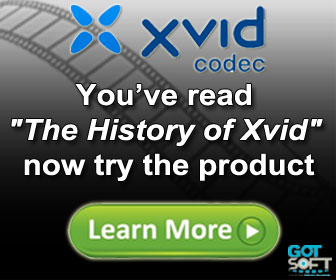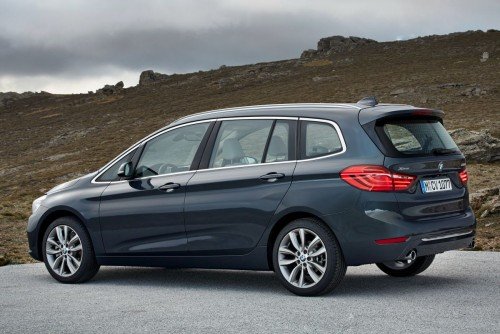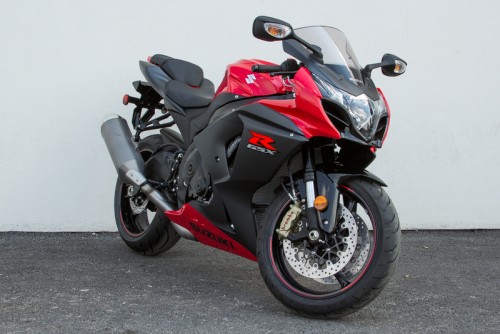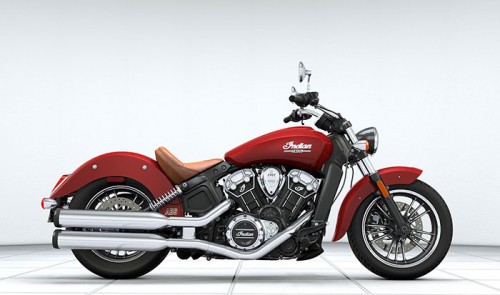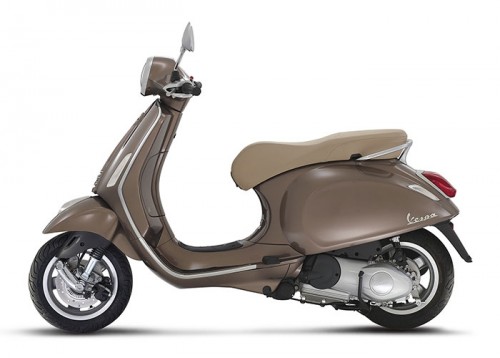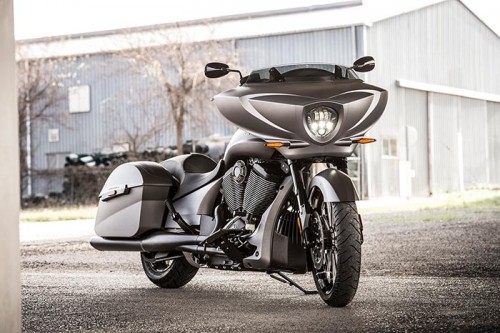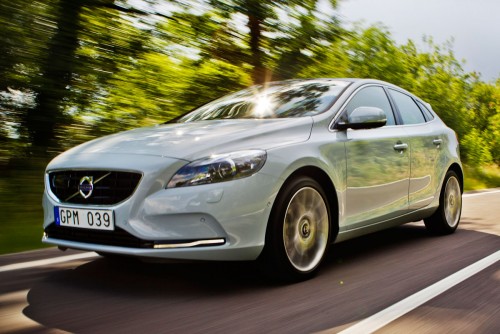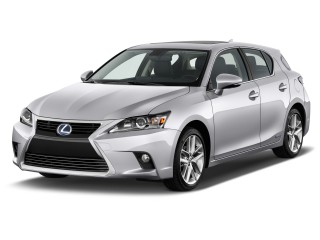About Talbot
Inception of the British Talbot
Talbot was originally the British marque used to sell imported French Clment-Bayard cars. Founded in 1903, this business venture was financed by Charles Chetwynd-Talbot, 20th Earl of Shrewsbury and Adolphe Clment-Bayard. Starting in 1905, the company sold imported cars under the Clment-Talbot marque and began assembling French-made parts at a new factory located in Barlby Road, Ladbroke Grove, North Kensington, London, selling them under the name Talbot. Domestically-designed cars followed from 1906. By 1910, 50 to 60 cars a month were being made. A Talbot was the first car to cover 100 mph (160 km/h), in 1913.
Parallel Talbots in Britain and France
During World War I, the firm manufactured ambulances. French and British operations continued in separate, parallel production and marketing processes until 1919, when British-owned but Paris-based Darracq took over the company; Darracq-made Talbots were marketed as Talbot-Darracqs. The following year, Darracq was reorganised as part of the Sunbeam-Talbot-Darracq (STD) conglomerate.
In 1916, Swiss native Georges Roesch became chief engineer, and in the 1920s, Talbot built a number of successful models, including the 14/45 hp, or Talbot 105, which was first built in 1926. In the 1930s, Roesch-designed Talbots enjoyed success in racing with the Fox & Nicholl team, their drivers including the Hon. Brian Lewis, Johnny Hindmarsh, and John Cobb (better known for his land speed record attempts). They were also highly successful in the Alpine Trial.
The Rootes era
In 1935, the STD combine collapsed and the Rootes Group took over Clment-Talbot. For Rootes, immediate sustainability was more important than re-engineering - the existing models were simply rebadged. The French factory was bought by Antonio Lago who used Talbot-Lago as a marque afterwards.
In Britain, Sunbeam and Talbot marques were combined in 1938 to form Sunbeam-Talbot. Production of Sunbeam Talbot automobiles ceased during World War II and resumed again in 1946, and the Talbot name was dropped in 1955. The Sunbeam name continued under the Rootes management (Rapier, Alpine and Tiger) until 1967 when control was taken over by Chrysler.
The Chrysler era
After the war, only the French Talbot-Lago continued until 1960. The marque was bought by Simca in 1958.
In 1967, Chrysler took over Rootes and merged it with Simca to form Chrysler Europe. The Talbot name was not used in this era, although the Chrysler "Pentastar" logo and name (used as the marque) gradually replaced the Rootes brands as the 1970s progressed.
Chrysler had just developed with Simca new Horizon/Omni line, and the Talbot Horizon was produced in Finland at Uusikaupunki factory. Other Chrysler-based Talbots were also made there, Talbot 1510 and Talbot Solara. The top-of-the line model was called Talbot Solara VIP.
Cars built by Talbot (1979-1986)
- Talbot 1100
- Talbot Alpine
- Talbot Avenger
- Talbot Express
- Talbot Horizon
- Talbot Minx
- Talbot Rapier
- Talbot Samba
- Talbot Solara
- Talbot Sunbeam
- Talbot Tagora
Motorsport
Formula One
Talbot had two brief spells in Formula One. The 4.5-litre, six-cylinder Talbot-Lago T26 was eligible for F1 competition post-war, and many examples, both factory and private, appeared in the first two years of the F1 World Championship, 1950 and 1951. Talbots came fourth and fifth in the inaugural World Championship race, the 1950 British Grand Prix, piloted by Yves Giraud-Cabantous and Louis Rosier respectively. The move to two-litre F2 regulations for 1952 effectively ended Talbot's F1 spell as a manufacturer.
There was a brief participation in Formula One in 1981-1982 by associating with Ligier and using its Matra connection to secure a Matra engine for them, and although the cars were known as Ligier-Matras the team was using the Talbot marque and sponsorship. This lasted two years and was moderately successful, Jacques Laffite coming fourth in the 1981 championship with two wins.
Sponsorship
Talbot was the main sponsor of Coventry City football club from 1981 to 1983, and at one stage the club's chairman Jimmy Hill was planning to change the club's name to "Coventry Talbot". However, these plans were vetoed by the Football League and by the summer of 1983 Talbot had ended its association with the club.




 Home
Home







